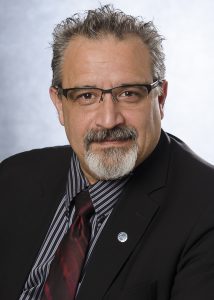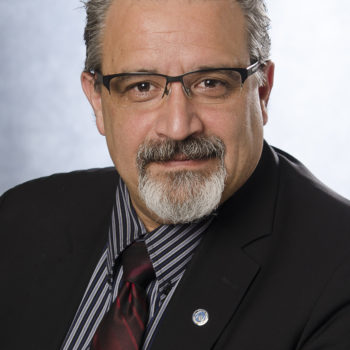Let’s talk about the most elusive resource that teachers need
This issue of Perspectives examines educational resources from a variety of lens. The sources of quality education resources vary widely – from individual teachers to teacher organizations to school boards and to federal/provincial/territorial governments. And I’m not even talking about the resources found on the Web. But there are also group events such as teacher seminars, forums and conferences that are conduits to new and creative educational resources.
Resources are fundamentally important for teachers who are constantly on the look-out for innovative ways to enhance their lessons and bring curriculum to life in the classroom for their students.
According the online Oxford Dictionary, the definition of “resource” reads:
re·source
ˈrēˌsôrs, rəˈsôrs/
noun
plural noun: resources
a stock or supply of money, materials, staff, and other assets that can be drawn on by a person or organization in order to function effectively.
“Local authorities complained that they lacked resources.”
| synonyms: | assets, funds, wealth, money, capital; staff;
supplies, materials, raw materials, store(s), stock(s), reserve(s) “Use your resources efficiently.” |
By this definition, you can see that resources can take a myriad of forms especially in the context of public education. However, fully resourcing a public education system takes more than money, much more than making funds available so teachers can buy materials and other resources to support their students’ learning.*
If you want to know how to properly resource a classroom and how to apply needed resources in today’s classrooms, ask a teacher. A teacher knows because he or she is the one constructing lesson plans while keeping in mind students’ individual learning needs and varying levels of understanding.
He or she will also tell you about one resource always needed to meet the needs of students: Time.
The time to discover and sift through a variety of educational resources; the time to ponder on their logical application in the classroom; the time to seek out supports for students; the time to construct meaningful and creative lesson plans, and of course, the time to properly execute those plans. Meeting the needs of individual students in today’s complex classrooms is a huge challenge for teachers. In fact, according to a national survey conducted by the CTF in 2014, many of the greatest stressors identified by teachers today are caused by the lack of time they need to plan and prepare. Finding work-life balance in this scenario is very real because teachers continually work with the time they have, and unfortunately at the cost of their personal and quality family time.
By the definition outlined earlier, teachers themselves are living and breathing resources in schools. They are finite yet vital. But like all resources, the energy of a teacher can be depleted. Teachers need to be supported so they can achieve their best work with children.
Teachers bring so much to the classroom. They understand the growth and development of students and can offer sound pedagogical strategies. They have the creativity to create warm and nurturing classroom environments for their students. Safe and caring teaching and learning environments are vital for students to engage in their learning and to get the most out of their educational experience.
To support students’ learning, the public education system should focus on providing necessary resources, time and policy development. Anything beyond becomes less about the students and their learning. Put the tools in the hands of teachers, give them the time to plan and to make use of those tools, and students will experience success. After all isn’t student success and their future the primary goal of public education?

(H. Mark Ramsankar is the President of the Canadian Teachers’ Federation from 2017 to 2019.)


